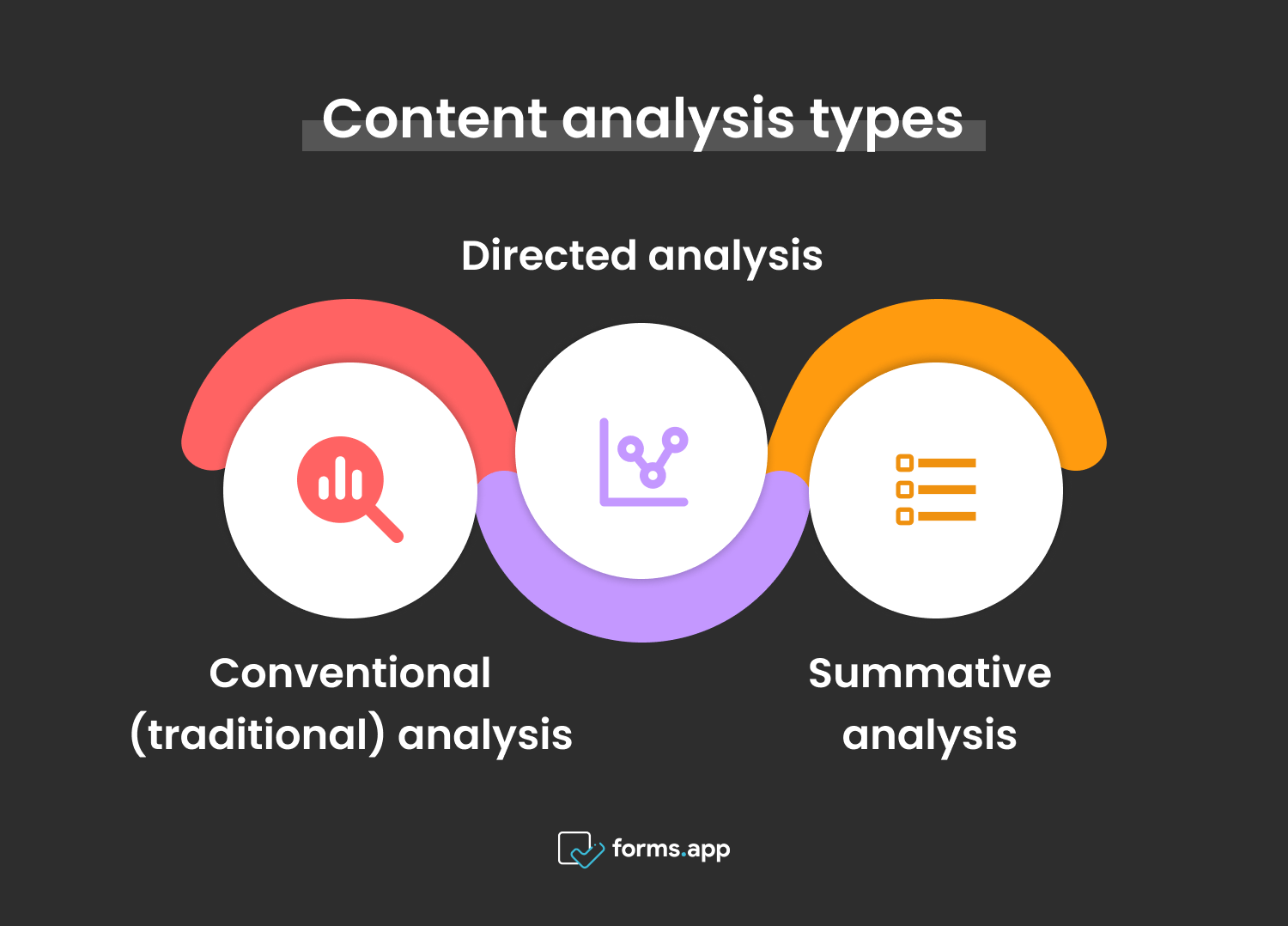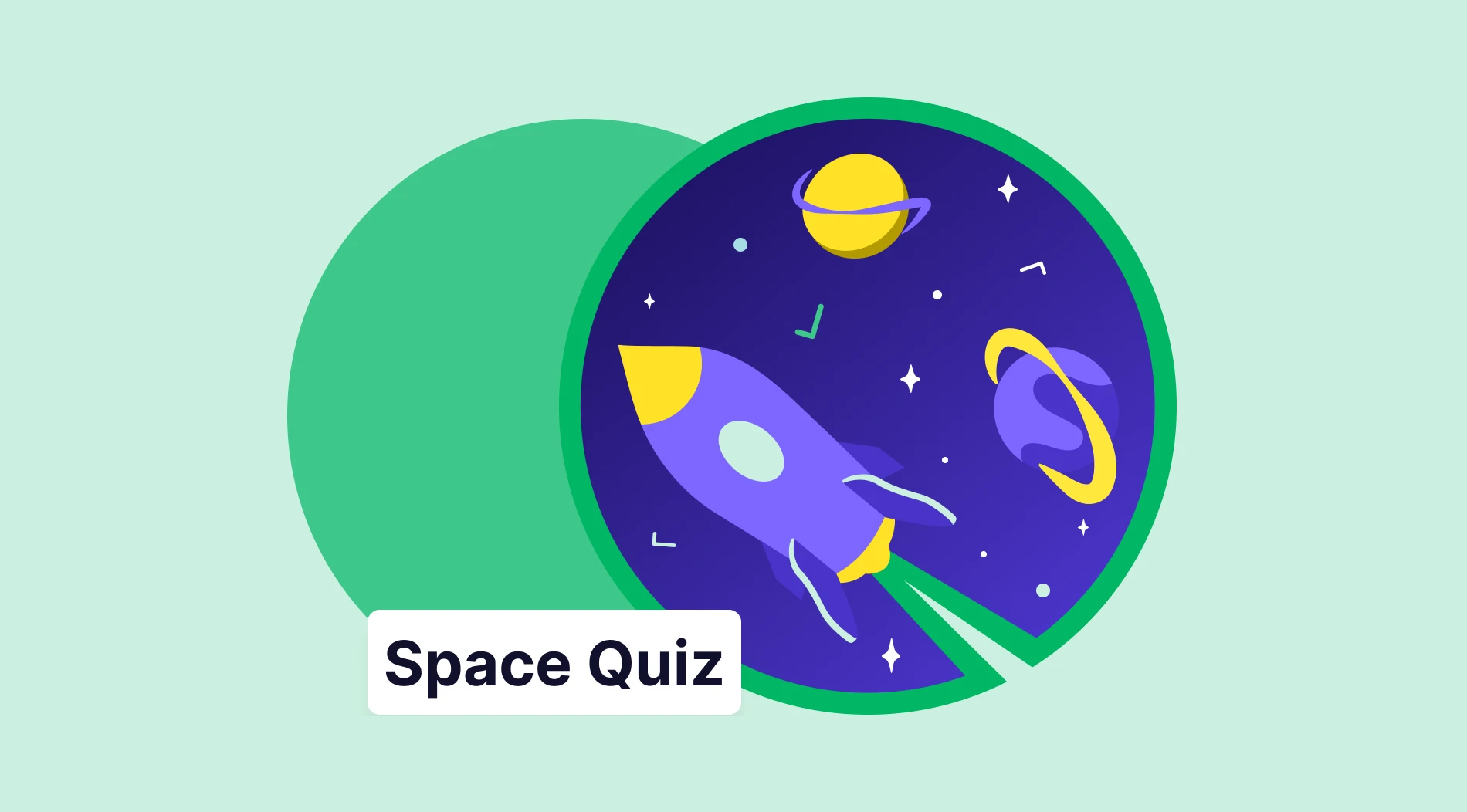Do you want to learn about the content of something written or said about any subject? Do you want to analyze comments about your business or organization? Then, what will help you in this qualitative research is content analysis. With content analysis, you can find common patterns and themes in the content and turn them into actionable insights.
You can ask what these themes and patterns are. They can be recurring words, phrases, or concepts. Content analysis makes it easier for you to find them with the help of many useful programs and tools. Now, if you want to learn more, you can continue the article.
What is the content analysis?
Content analysis is a research technique used to identify patterns and themes of textual, audio, or visual material.
Focusing on communication, it tries to reveal the underlying meanings of messages. It achieves this by dividing themes into specific categories with a coding system. Due to the nature of content analysis, it can be used in many different fields, from sociology to finance, from media to psychology.
Content analysis types
Content analysis can be used with a wide variety of research methods. The infrastructure of the analysis varies depending on the purpose of the research topic and the nature of the data. In this section, what is most commonly done with content analysis will be explained.

Types of content analysis
1. Conventional (traditional) analysis
The traditional process, which is the most basic type of content analysis, is done without any presuppositions, categories, or coding. The data itself is expected to reveal existing themes and patterns. The main reason for choosing this method is that the research question is broad and open-ended. With this flexibility provided by analysis, it is possible to perform an exploratory analysis.
2. Directed analysis
This method, which you can also call the deductive method, is carried out by pre-determining the data to be examined in the analysis according to certain theoretical frameworks and coding categories. This analysis process continues by creating an examination path and following that path. The aim is to test any hypothesis or directly address the research question. Thus, theories turn into practice and provide important information about the relevant research.
3. Summative analysis
Summative analysis is used to measure all trends, patterns, and relationships in the content with a quantitative method. Frequently used elements that form the identity of the content are determined. This analysis seeks the answer to the research question with predefined coding. It is possible to use it to systematically examine the distribution of content in data with large-scale samples.
Examples of the content analysis
This section presents examples of content analysis from different research areas. These examples will help you better carry out your work and better understand the purpose of content analysis.
Example #1 Political Science
You conducted content analysis to compare politicians' election speeches in terms of their content. In general, you came across common themes such as welfare, freedom, democracy, and progress in the speeches. However, you conducted a qualitative analysis to make sure that the underlying meanings of these words were the same for each speaker. As a result, it turns out that politicians refer to different concepts even though they use the same concepts.
Example #2 Marketing
As a business, you try to review customer comments about your newly opened branch. You collected data through social media, complaint boxes, interviews, and surveys. Then, you segmented your customers' texts. By revealing pattern relationships, you have seen that customer satisfaction is high. Thus, the analysis has shown you that your work is in order.
Methods of the content analysis
Quantitative or qualitative methodologies are used to perform content analysis. These two methods can be used more dominantly or in combination with each other in different research areas. You can look at these in more detail below.
1. Qualitative content analysis
It is used to find and interpret the underlying meanings of a text or speech. It is more faithful to people's narratives and provides rich insights by examining their opinions and thoughts in more detail. That's why many different disciplines follow a qualitative research method. You can continue your research in more detail with other qualitative methods, such as narrative analysis.
2. Quantitative content analysis
Quantitative analysis is used when the research focus is specific. With the coding categories, the researcher's hypothesis is ready. That's why they take a deductive approach. This method is often considered shallow because it focuses on the apparent meaning. Statistically, it finds repeating patterns in any textual data. Thus, differences and similarities between texts or speakers become evident.
Advantages and Disadvantages of content analysis
Content analysis is an application that has its pros and cons, like every research method. Here, its important advantages and disadvantages will be shared with you. This way, you will have a better understanding of whether this analysis is suitable for you.
Advantages
- It allows for both qualitative and quantitative data analysis.
- It is a versatile method applicable to diverse materials and contexts
- It is a direct method to study communication.
- The analysis process is not expensive.
- It can be applied to many different disciplines.
Disadvantages
- Qualitative results may be subject to error due to subjective interpretation.
- It may be time-consuming due to the large number of datasets.
- Although it is a simple method, it requires coding knowledge.
- Factors in communication that are not or cannot be transferred to the transcript (tone of voice, body language, emphasis, pausing) are often ignored.
- When an overly reductive approach is taken, it gives shallow results.
When to use the content analysis
Content analysis is an effective and comprehensive method that can be used in many different areas. Therefore, the question of when you can use it depends on the field you are interested in and what the questions of your research are aimed at. Here you can see when you might need it more:
- Doing an exploratory research
- Comparing different sources and content
- Uncovering past trends, themes, and concepts
- Revealing differences and similarities between micro or macro cultures
Content analysis vs. Thematic analysis
Content and thematic analysis are data analysis methods that are very close to each other and can even be confused. But they differ from each other because they have small nuances. These differences and similarities can be listed as follows.
- Both types of analysis can be used to examine qualitative data.
- Content analysis is prone to quantitative methods, but it is rare in thematic analysis.
- Both reveal theme and pattern relationships.
- While thematic analysis focuses on personal language use, content analysis focuses on social and cultural language use.
- Content analysis tends to use the deductive method, while thematic analysis tends to use the inductive method.
Frequently asked questions about the content analysis
You can take a look at frequently asked questions to get information about content analysis from different perspectives and expand your knowledge.
For example, you are examining a written document. This document could be a transcript of social media comments about a new product. You try to find repeating words in these comments.
You'll see that the words and phrases that stand out the most are "like it," "great," "works well," "nice,” and "delivery." Thus, the first part of the analysis is finished. Then, by drawing a pattern tree from these comments, you come to the conclusion that the product is liked due to the intense explanation of the content.
Content analysis is a type of analysis used for primary research purposes. This is because the content analysis does not work on existing data; instead, it creates datasets by directly examining texts, images, and videos.
Although content analysis is prone to qualitative data analysis, it also supports quantitative data analysis. Depending on the purpose and method of your research, you can choose any of them. When you perform qualitative analysis, you can uncover meanings and patterns in a text.
You can find the differences between the meanings and the message to be conveyed. On the other hand, with quantitative analysis, you reveal the frequency of these patterns and their repetition in the narrative.
With the content analysis method, you can examine educational materials and reveal effective teaching methods and standards. For this, it is first necessary to determine what type of learning focus there is. For example, learning English to do business in the UK and learning mathematics to pass exams are not the same goals. You can then develop codes and create categories suitable for these purposes.
These categories could include learning difficulty, class hours, curriculum layout, communication with the student, etc. Then, a database is created by collecting all educational materials related to the relevant subject. You start the analysis by placing your codes. Ultimately, the patterns and trends that emerge will give you clues on how to improve teaching methods.
The content analysis system consists of consecutive data collection and analysis processes. The first thing to do is to collect the target data with appropriate tools (these may be software, recording devices, or documents). Then, the coding process begins. In order to understand the data content, a coding scheme is established with codes created beforehand (or later, depending on the other method). There are suitable coding tools and programs for this.
You then uncover the frequencies or meanings of themes and patterns depending on whether you perform a quantitative or qualitative analysis. Ultimately, you visualize these results and make reporting convenient.
The three types of content analysis are conventional, directed, and summative. These names may vary, but it is enough to know that there are differences between them.
1. Conventional content analysis is used to examine visible features of the data without any predetermined codes or actions.
2. Directed content analysis is used to test and reveal any theory about the relevant content.
3. Lastly, summative content analysis is used to quantify numeric values or frequencies in the data.
Content analysis is used in social sciences, especially in the context of communication and culture. It is used to understand the essence and structure of the content by examining any visual, audio, or written expression. Sources of sociological data collection are quite wide: they range from newspapers to social media posts, from magazines to advertisements, and from politician speeches to historical documents.
Thus, when researchers want to examine different cultural dimensions, they have a wealth of data at their disposal. These data are then examined, and important results are obtained regarding the social structures and dynamics of the society.
Content analysis is a method used in psychology research to understand any psychological phenomenon more comprehensively. It tries to understand the feelings, thoughts, attitudes, actions, and beliefs of a person or people by examining the documents written, spoken, or drawn by them themselves.
Content patterns and hidden meanings are sought in these documents. In this way, appropriate diagnoses and treatment methods can be developed by learning what psychological processes the person or people are going through.
Both are methods that can be used to examine qualitative data. However, content analysis differs from thematic analysis because it allows quantitative data to be examined. However, both focus on uncovering common themes and patterns in a given context.
Key points to take away
All in all, content analysis is a powerful tool for many different areas of research. That's why this article aims to provide you with a detailed description of content analysis. Starting with its definition and then progressing to its three different types. Then, the topic is reinforced by giving examples from political science and marketing.
Qualitative and quantitative methods are explained, and the pros and cons are listed. Lastly, when it should be used and its difference from thematic analysis are explained under separate headings.
- What is the content analysis?
- Content analysis types
- Examples of the content analysis
- Methods of the content analysis
- Advantages and Disadvantages of content analysis
- When to use the content analysis
- Content analysis vs. Thematic analysis
- Frequently asked questions about the content analysis
- Key points to take away
forms.app, your free form builder
- Unlimited views
- Unlimited questions
- Unlimited notifications



![150+ Fun poll questions for any event [2026 edition]](https://file.forms.app/sitefile/100_fun_multiple_choice_poll_questions_1.webp)